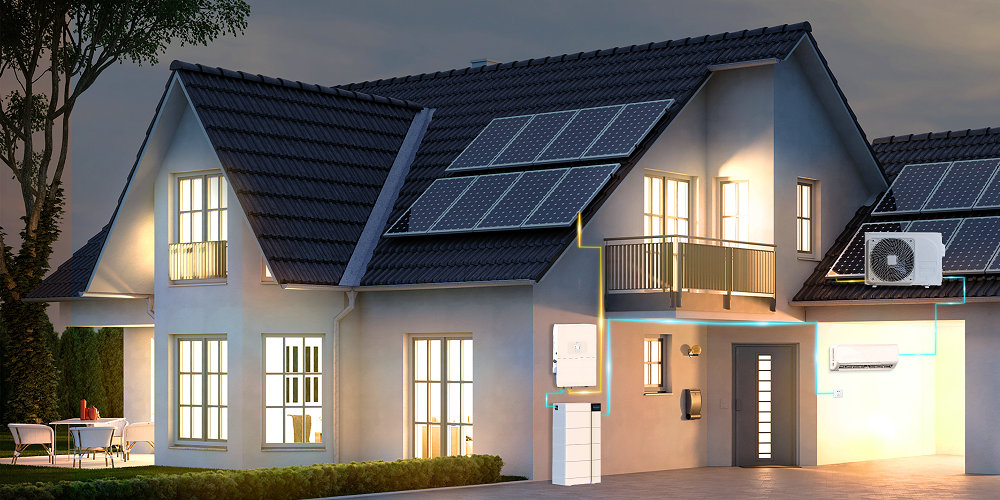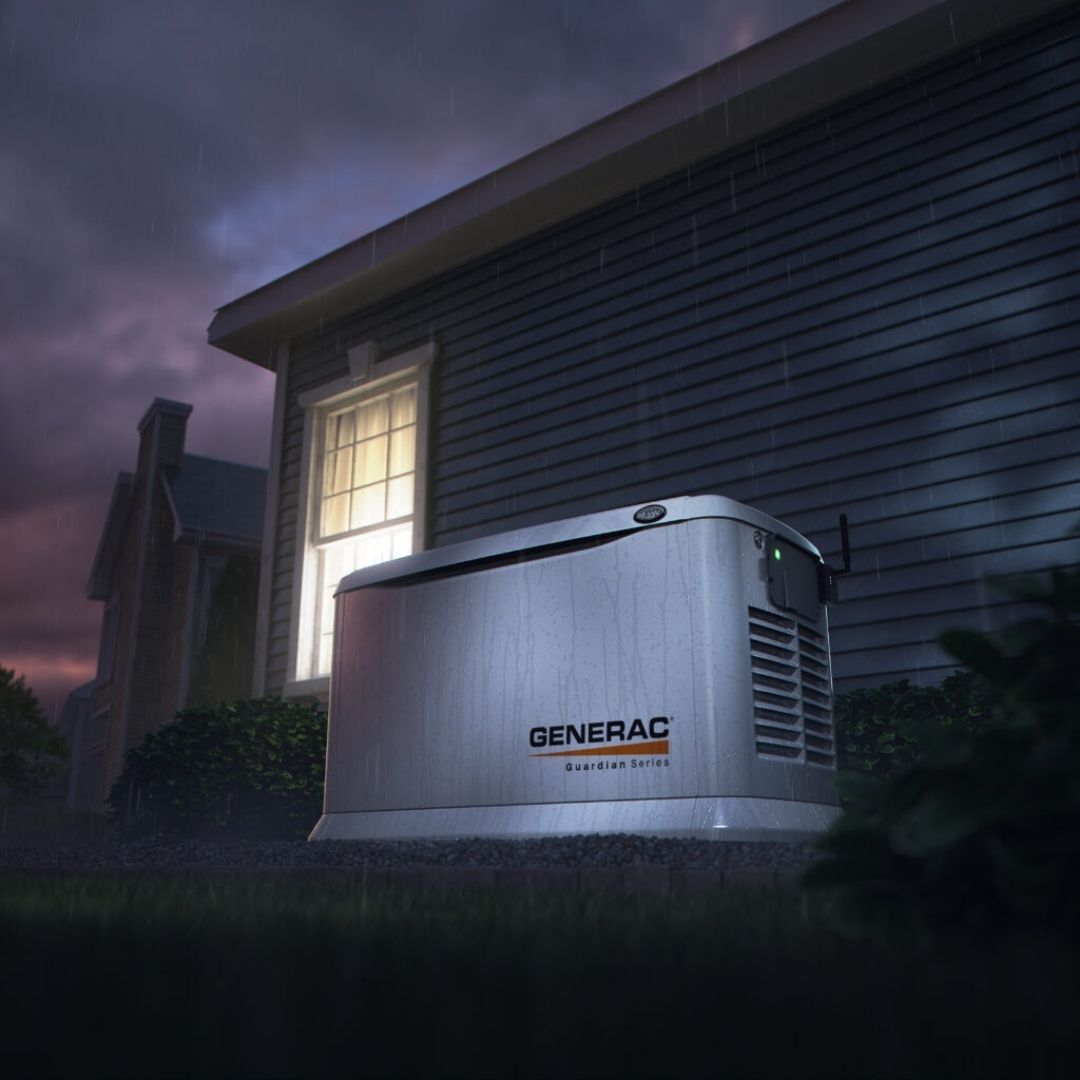Micro Inverters vs DC optimizers
Enphase Micro Inverter vs. SolarEdge DC Optimizer: A Comparison of Solar System Technologies
As the demand for renewable energy grows, solar power systems have become increasingly popular for residential and commercial applications. Two widely used technologies in the solar industry are the Enphase micro inverter system and the SolarEdge DC optimizer system. While both systems are designed to maximize energy production and optimize system performance, they differ in their approaches and features. In this blog post, we will explore the key differences between Enphase micro inverters and SolarEdge DC optimizers to help you make an informed decision when choosing a solar system for your needs.
Basic Functionality:
The fundamental difference between Enphase and SolarEdge lies in the way they handle the power conversion and optimization process.
Enphase Micro Inverter System: Enphase micro inverters are installed on each individual solar panel. They convert DC (direct current) electricity generated by the panels into AC (alternating current) right at the source. This means that each panel operates independently, optimizing energy harvest even if some panels are partially shaded or encountering different operating conditions.
SolarEdge DC Optimizer System: SolarEdge DC optimizers are installed at the panel level, between the panels and a central inverter. The optimizers perform maximum power point tracking (MPPT) and voltage regulation for each panel. The DC power is then sent to the central inverter, which converts it to AC power. The central inverter is responsible for converting the entire system’s DC power to AC.
Panel-Level Monitoring:
Another significant difference between the two systems is the level of monitoring and data accessibility they offer.
Enphase Micro Inverter System: Enphase micro inverters provide panel-level monitoring, meaning you can track the performance of each individual panel in real-time. This high level of granularity allows for easier detection of any issues or underperforming panels, leading to prompt maintenance or troubleshooting.
SolarEdge DC Optimizer System: SolarEdge systems offer module-level monitoring, allowing you to monitor the performance of each panel connected to an optimizer. Although it doesn’t provide the same granularity as panel-level monitoring, it still provides valuable insights into the overall system’s performance.
Design Flexibility:
The design and installation of a solar system can be influenced by the architectural constraints of a building or the specific requirements of the homeowner.
Enphase Micro Inverter System: The Enphase micro inverter system offers greater design flexibility as it allows for panel-level optimization. This means that panels can be installed in different orientations or configurations without compromising the overall system’s performance. Additionally, expanding the system in the future is more straightforward, as adding panels is as simple as installing additional micro inverters.
SolarEdge DC Optimizer System: SolarEdge systems offer flexibility at the module level. While it doesn’t provide the same level of flexibility as Enphase for panel orientation, it allows for panels with different wattages or in different strings to be combined, optimizing the performance of each module. This can be beneficial when dealing with shading issues or non-uniform roofs.
Safety and Reliability:
Both Enphase and SolarEdge systems prioritize safety and reliability, but their approaches differ slightly.
Enphase Micro Inverter System: By utilizing micro inverters at the panel level, the Enphase system isolates each panel from the rest of the array. This feature reduces the risk of a single point of failure affecting the entire system. Additionally, with the micro inverters’ design, the system operates at low DC voltage, enhancing safety during installation and maintenance.
SolarEdge DC Optimizer System: SolarEdge systems use DC optimizers, which offer module-level shutdown capabilities in case of emergencies or maintenance requirements. This feature ensures the system can be safely turned off and isol
Recent Posts

Can I get paid to have Solar Panels in Ottawa?

How much do Electricians cost in Ottawa?

Harnessing Solar Power in Ottawa: A Comprehensive Guide to Solar Panels for Homeowners

Generac Generators: Powering Peace of Mind in Ottawa
